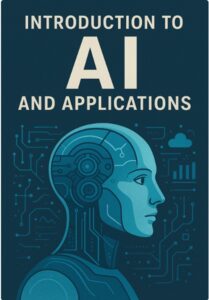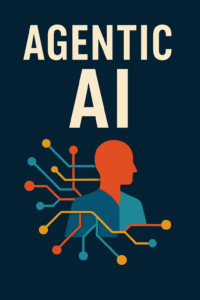Artificial Intelligence (AI) is a field marked by cycles of excitement, innovation, and occasional disappointment. The metaphorical seasons of AI, known as AI Winter and AI Summer, encapsulate the dynamic nature of this evolving technology. Understanding these cycles provides insights into the historical context, challenges faced, and the resilience of the AI community.
AI Winter:
The term “AI Winter” refers to periods of time when interest and funding for artificial intelligence (AI) research and development significantly decline. These periods are characterized by a lack of progress in AI, reduced investment, and a general skepticism about the feasibility and potential of AI technologies. AI Winters are often marked by disappointments in achieving the ambitious goals set for AI, leading to a loss of confidence in the field.
The history of AI has seen multiple such cycles. The first AI Winter occurred in the 1970s and 1980s when early optimism about the rapid development of intelligent machines was followed by a realization that the technology was not progressing as quickly as initially hoped. Funding for AI research decreased, and many AI projects were abandoned.
The field experienced a resurgence in the late 1990s and early 2000s, with advancements in machine learning and other AI technologies. However, another AI Winter occurred around the mid-2000s when progress did not meet the inflated expectations, and some AI applications failed to deliver the promised results.
It’s important to note that these AI Winters are not universal setbacks for all AI research, and certain subfields may continue to make progress even during these periods. Additionally, the cycles are often followed by renewed interest and breakthroughs that lead to subsequent AI Springs. The field of AI has seen significant progress in recent years, but the possibility of future challenges and setbacks remains inherent in the dynamic nature of technological development.
Factors contributing to AI Winters include the overestimation of AI capabilities, limited computational power, and a lack of sophisticated algorithms. Additionally, some early AI projects were overly complex and lacked practical applications, further fueling disillusionment.
AI Summer:
Despite the challenges, AI has proven to be a resilient field, with periods of resurgence known as AI Summers. The late 1990s and early 2000s witnessed a revival of interest and investment in AI. Breakthroughs in machine learning, neural networks, and data-driven approaches rekindled optimism. Practical applications of AI, such as natural language processing and computer vision, gained traction. This AI Summer saw the emergence of technologies that are now integral to our daily lives, like recommendation systems and voice recognition.
The resurgence of AI during these periods is often attributed to a more pragmatic approach, where researchers focused on solving specific problems and delivering tangible results. Advancements in hardware capabilities, increased availability of data, and the development of more efficient algorithms played crucial roles in the AI Summer.
Learning from the Cycles:
Understanding the historical patterns of AI Winter and AI Summer is essential for the AI community, policymakers, and investors. Recognizing the challenges that lead to AI Winters allows for more realistic expectations and sustainable progress. It emphasizes the importance of responsible communication about AI capabilities and limitations.
During AI Summers, stakeholders should capitalize on the momentum by fostering collaboration, investing in research and development, and encouraging the responsible deployment of AI technologies. Sustainable growth in AI requires a balance between ambition and practicality, addressing ethical concerns, and ensuring that the benefits of AI are accessible to diverse communities.
The history of AI is characterized by cycles of optimism and skepticism, with AI Winter and AI Summer representing the contrasting seasons. These cycles highlight the resilience and adaptability of the AI community. By learning from the challenges of the past and embracing the lessons of each season, the field of AI can continue to advance responsibly, delivering innovative solutions that positively impact society. As we navigate through these seasons, the collective effort to push the boundaries of AI remains crucial for shaping a future where artificial intelligence contributes to the betterment of humanity.











